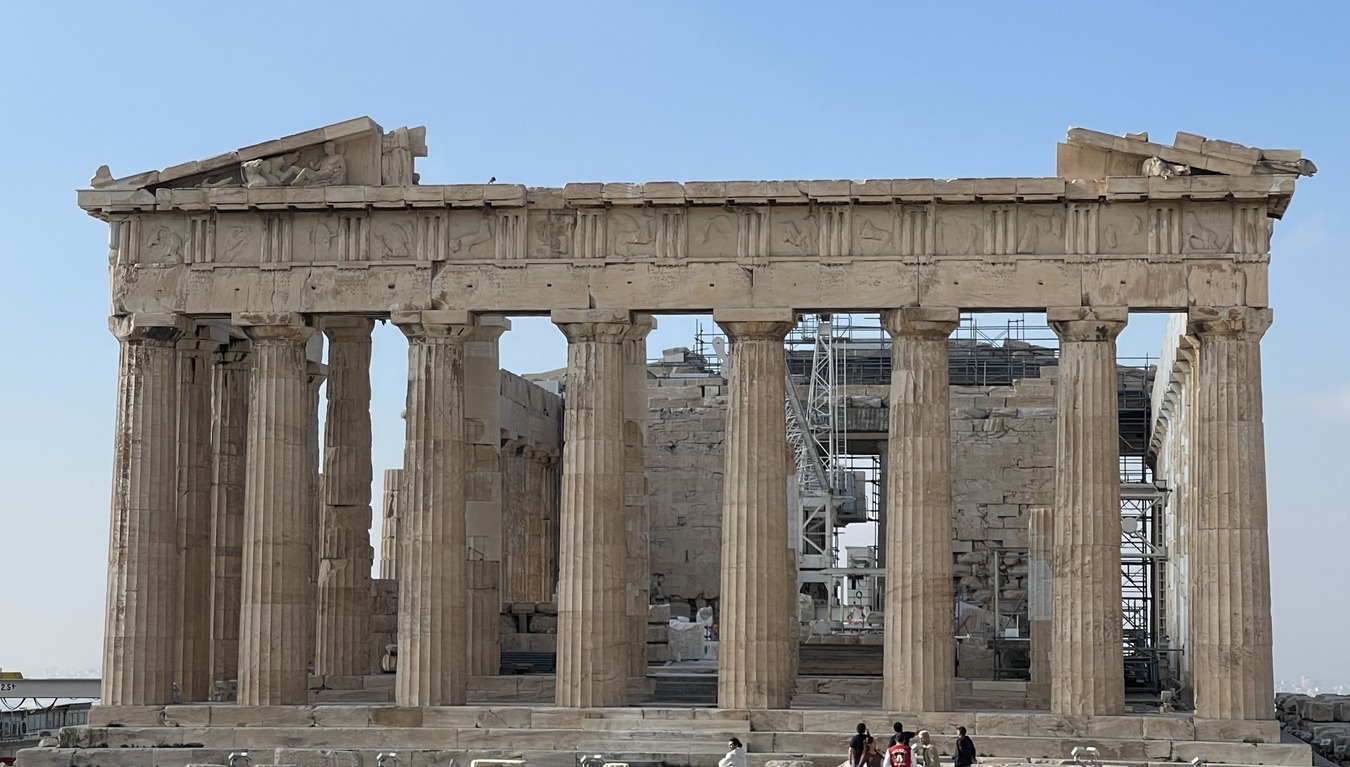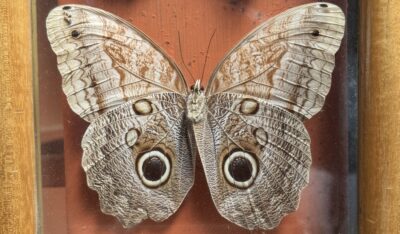Highlights of the Day
Today’s highlight was visiting the Acropolis, an ancient fortress and center of Athens. We began with the Odeon of Herodes Atticus, a Roman-era theater, followed by the Propylaea, a grand entrance, and the Parthenon, the finest ancient temple. The Parthenon is being restored but remains closed to visitors. We also explored the Erechtheion with its Caryatid Porch, and an ancient olive tree believed to be planted by Athena. Afterward, we visited the National Archaeological Museum, home to the Mask of Agamemnon and other significant artifacts, then ended with the Panathenaic Stadium, made entirely of marble.
Logistics
Accommodation: ATHENS MARRIOTT HOTEL (highly recommended)
Transportation: Public transportation or rideshare
Today’s highlight was the Acropolis. Our hotel offered a shuttle to the city center, but since we’d be walking a lot, we took an Uber straight to the site.
Built atop a hill, the Acropolis was a natural fortress with fresh spring water, making it Athens’ center for millennia. As early as 1400 BC, the Mycenaeans built a palace here. By 800 BC, Athenians constructed temples for their city’s patron, Athena. However, the Persians destroyed everything in 480 BC (as depicted in 300). In 450 BC, after driving out the Persians, Athens entered its Golden Age. Leader Pericles led the Acropolis’ reconstruction, with the great architect and sculptor Phidias overseeing the project. For the next 2,500 years, these magnificent structures would inspire Western architecture.
Ascending the slope, we first saw the Odeon of Herodes Atticus, a Roman-era theater built in 161 AD by Herodes Atticus to honor his wife. It remains one of the most famous theaters he funded and was reconstructed in the 1950s. It is still in use today.
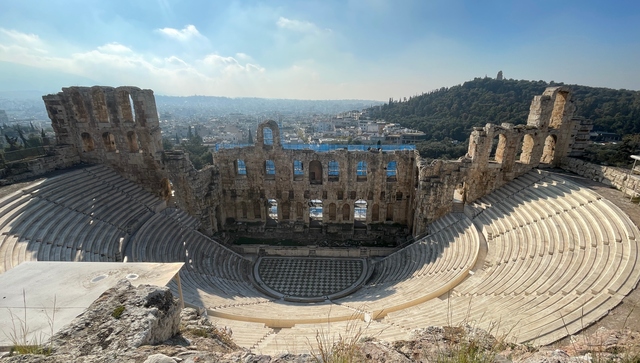
Further up, we reached the Propylaea, a grand U-shaped entrance with six towering columns and extended wings that seem to welcome visitors. To its right stands the Temple of Athena Nike, dedicated to Athena and Nike, the goddess of victory, commemorating the Battle of Plataea (479 BC), a turning point in the Persian Wars.
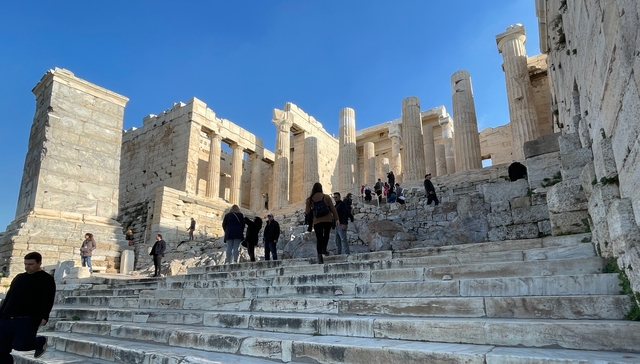
Past the Propylaea, the Parthenon—the finest ancient temple—stood in all its grandeur. Built 2,500 years ago at an elevation of 490 feet, it measures 228 by 101 feet, covering 23,000 square feet. Constructed from 100,000 tons of marble from Mount Pentelikon, 16 miles away, the Parthenon differs from Egyptian pyramids and the Colosseum: its workers were paid free men, not slaves. The massive columns consist of stacked drums, held together by metal pins.
Architects compensated for optical illusions: the long base slightly curves upward to prevent a sagging appearance, columns subtly tilt inward to counter visual bending, and corner columns were made thicker to appear balanced. These refinements contribute to the temple’s grandeur.
Inside once stood a 40-foot statue of Athena, adorned with ivory skin and a solid gold robe. She held a spear in one hand and a small Nike statue in the other. After 800 years, invaders took it to Constantinople, where it vanished.
The Parthenon suffered severe damage in 1687 and is under restoration. While the exterior columns are largely reconstructed, the temple is closed to visitors. We saw a tour group inside but found no entrance. A full-scale replica exists in Nashville, Tennessee—a must-visit someday!
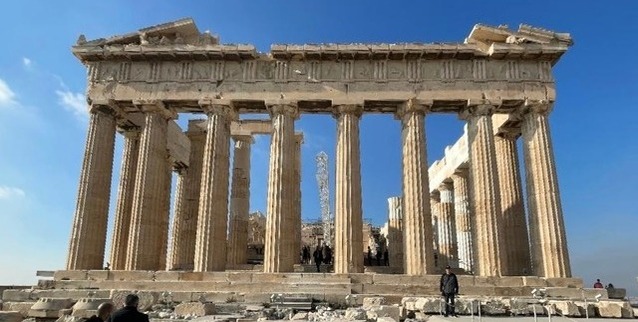
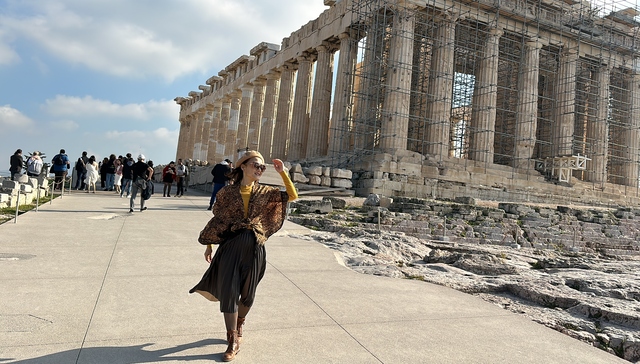
After taking photos, we visited the Erechtheion, known for its Caryatid Porch, where six elegant female statues serve as columns. Their intricate pleated robes and graceful poses reflect the poise and nobility of the women of Karyai, Sparta.
The statues on-site are replicas; five originals are in the Acropolis Museum, and one is in the British Museum.
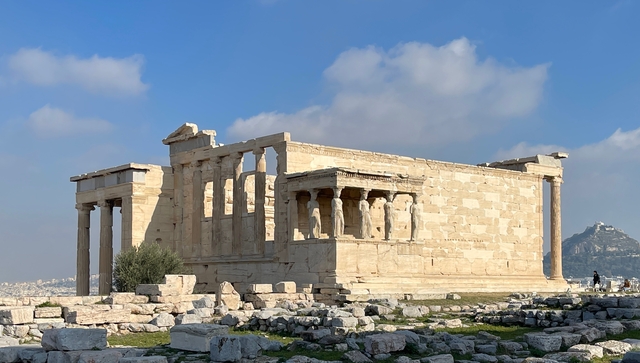
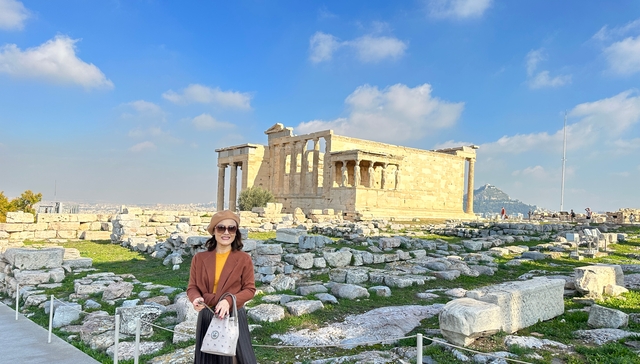
Beside the Erechtheion stands an ancient olive tree, believed to have been planted by Athena herself. Greece is renowned for its olives and high-quality olive oil. Restaurants here use it generously, as if it were free!
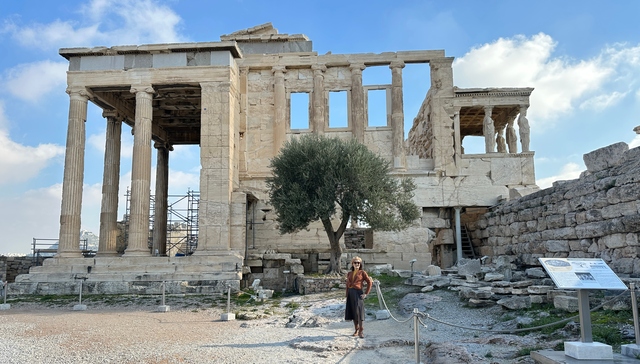
Walking along the thick walls, we reached the easternmost viewpoint, where a massive Greek flag waved. Its blue and white stripes symbolize the phrase “Freedom or Death.” During WWII, when Nazi occupiers ordered a Greek soldier to remove the flag, he wrapped himself in it and jumped to his death. A month later, two brave Athenians replaced the Nazi flag with the Greek one—one of the most famous acts of resistance.
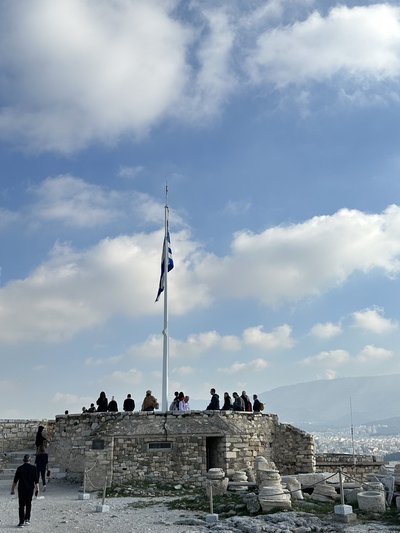
From here, we had a panoramic view of modern Athens, home to a third of Greece’s population.
In the 1980s, pollution was severe, but ahead of the Olympics, the government introduced measures like license plate restrictions for old, high-emission cars in the city center. We noticed odd and even plates on the same day and asked our hotel staff—only old cars are affected.
On the northern slope, a modern elevator was installed for the 2004 Olympics, ensuring accessibility for visitors with disabilities.
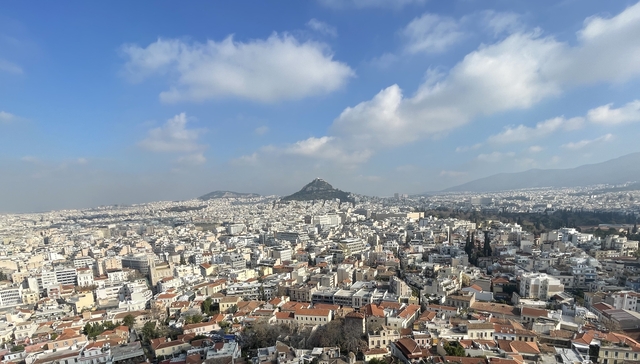
For lunch, we tried gyro wraps from a popular food street. Two wraps and a bottle of water cost €14—the price of a single wrap in the U.S. The portions were huge, and we couldn’t finish, skipping a heavy dinner.
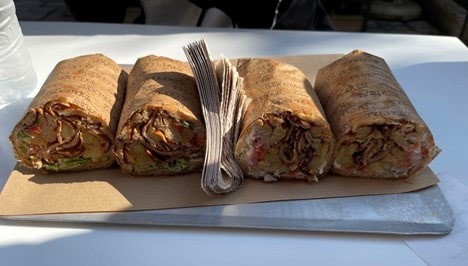
Our next stop was the National Archaeological Museum, Greece’s largest.
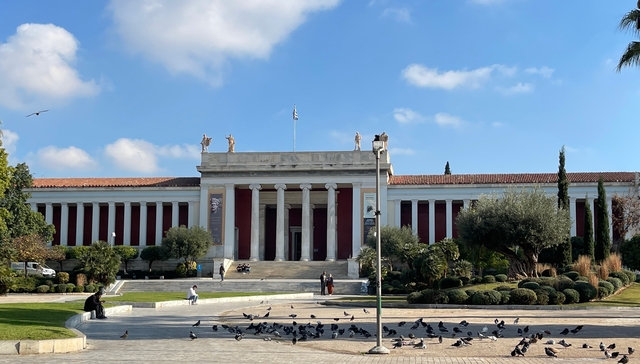
Its most prized artifact is the Mask of Agamemnon, a gold funeral mask discovered by Heinrich Schliemann, a German businessman-turned-archaeologist. Schliemann, obsessed with The Iliad, defied skeptics who dismissed it as myth. His excavations at Mycenae unearthed ancient Greek artifacts, proving the legend’s historical basis.
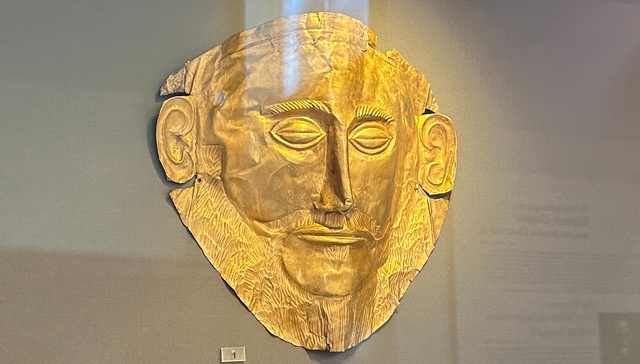
Schliemann remains a controversial figure. The museum displays a letter he wrote to King George I of Greece, offering to donate his findings. However, records suggest he clashed with the Greek government over artifact distribution and faced excavation bans before being reinstated. Despite this, his discoveries validated Homer’s epics—a remarkable feat.
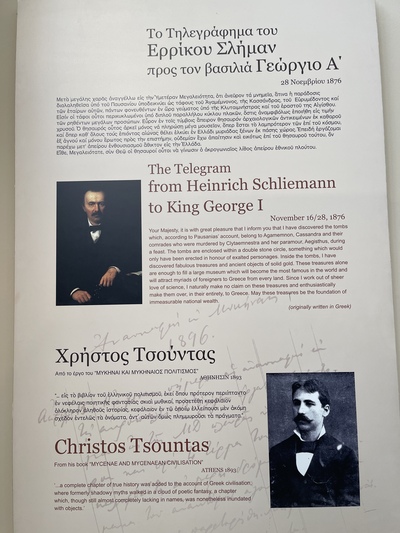
Among the museum’s exhibits was a fresco of two boxing boys, one adorned with jewelry, indicating higher social status.
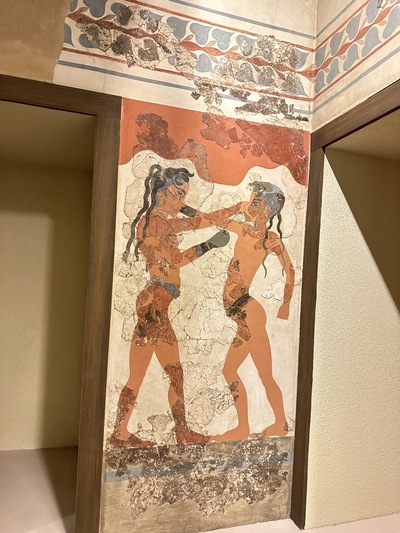
Another striking piece was the Bronze Statue of a Jockey and Horse. Unearthed in fragments and restored with funding from an American patron, it depicts a 12-year-old boy racing a bridleless horse, capturing the intense competition of ancient Greece.
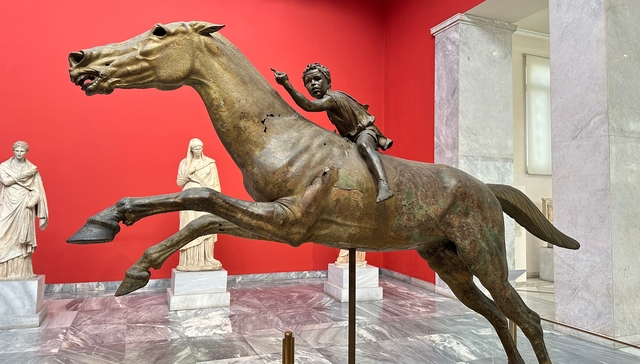
Our last stop was the Panathenaic Stadium, built in the 6th century BC and later expanded in 144 AD with marble by Herodes Atticus (who also built the Odeon we saw earlier). Holding 80,000 spectators, it is the world’s only stadium made entirely of marble.
Today, it serves as the final stop for the Olympic flame relay in Greece, where the flame is passed to the host country.
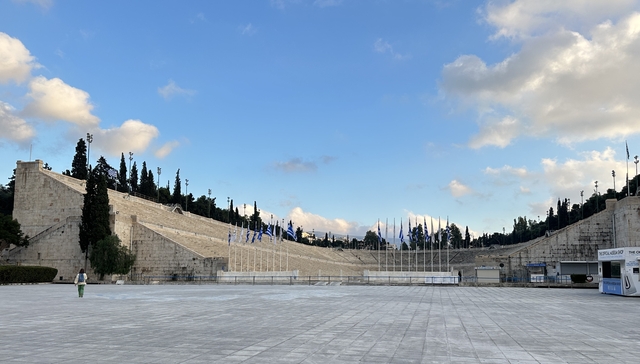
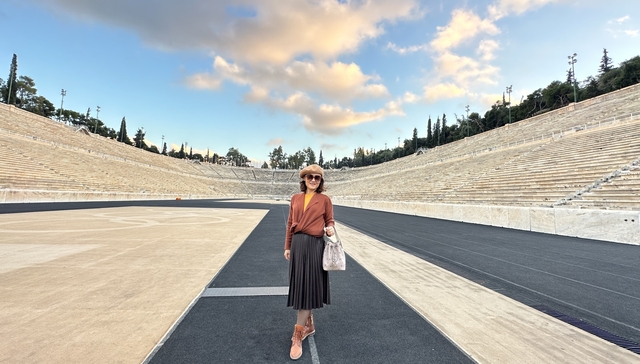
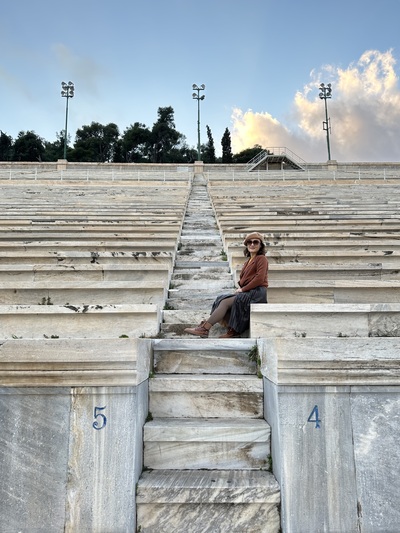
If you’d like to learn more about the itinerary, please click the button below to download a free copy of the customizable itinerary.

